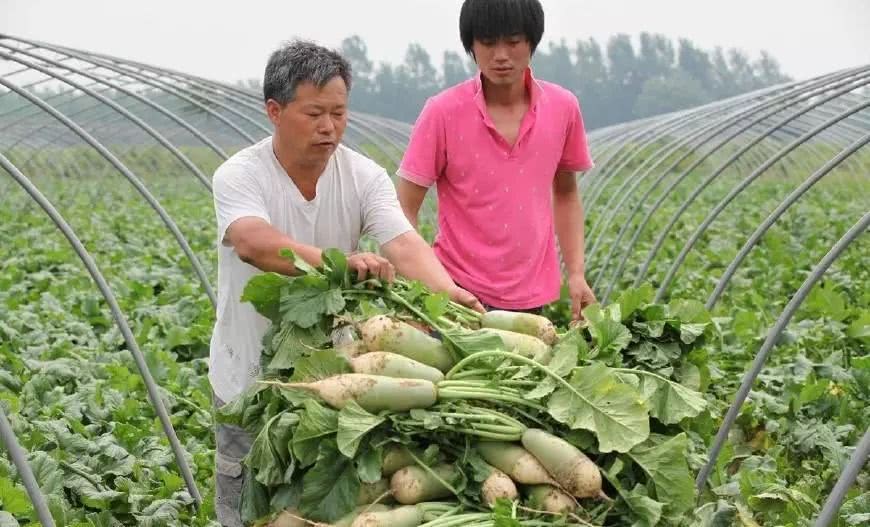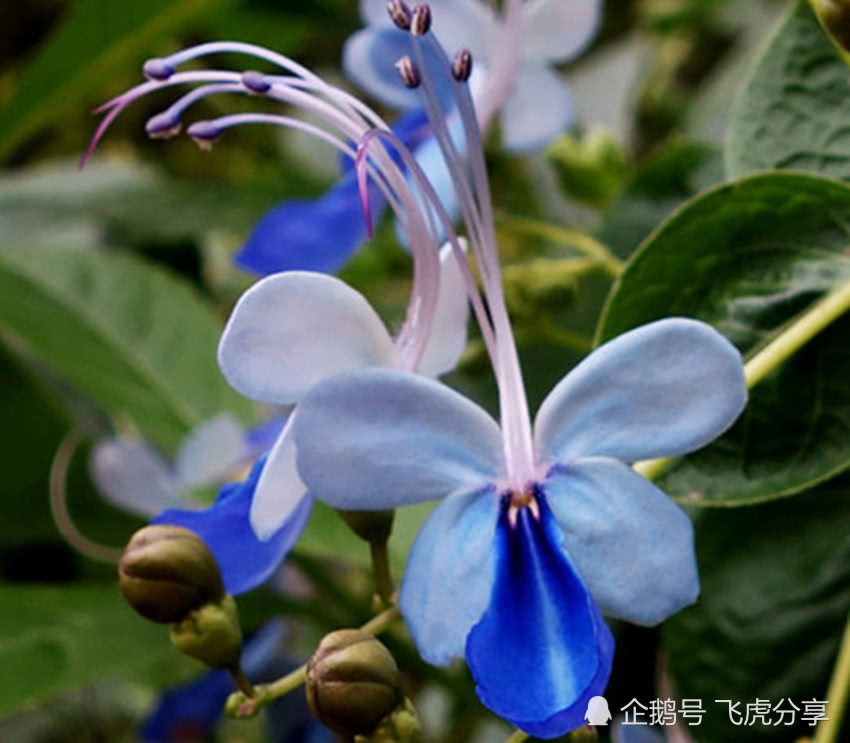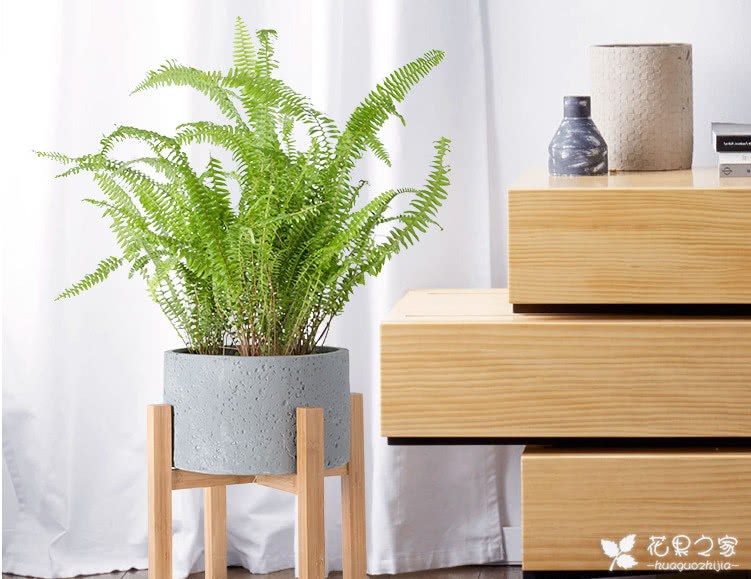If you want radish to grow vigorously, do you need to remove the leaves in time?

Abstract: radish leaves grow vigorously, how to take care of it?
As the saying goes,"eat radish in winter, eat ginger in summer", radish is indeed a kind of vegetable that many people like, whether white radish or carrot are very suitable for planting and eating. However, friends who have planted radishes should have experienced that radishes look very big leaves, but pull them up to see that underground radishes are not large. Here, Scientific Agriculture will answer this question.
Do you want to remove the leaves from radishes?
In fact, radishes grow very fast, and most radishes grow very vigorously. Radish leaves were often very dense. Before, they were also planted at home. His mother would often pick some leaves to cook at home. They tasted good, but she didn't pick many. In fact, radish leaves are the place of radish photosynthesis, radish is here to produce nutrients, and then supply to radish roots. Due to the cold weather in autumn and winter, radish leaves produce nutrients, so that radish rhizomes can expand and grow smoothly.
Therefore, excessive removal of radish leaves is not recommended. If the leaves are too many and the growth space between radishes has been affected, a moderate amount of removal can be done. If it is not particularly serious, it is not necessary to remove them. In addition, when planting radish, maintaining appropriate row spacing is also beneficial to the growth of radish in the later stage.
How to make carrots grow better?
If you want radish to grow well, you need to consider three aspects: first, the problem of land selection, second, fertilization, and third, watering. Here I will mainly talk about these three aspects.
First of all, the problem of land selection
Radish on the soil requirements are not very harsh, but a good soil environment is more conducive to the growth of radish, radish growth quality will be better. The soil most suitable for radish growth is sandy soil with deep fertile soil and good drainage effect. The soil is too thick or too shallow for radish to grow. Too heavy soil viscosity will cause radish slow growth, root rot and so on. Too shallow a soil layer can cause turnip roots to diverge. All of these are detrimental to the quality of the radish.
Fertilization problems,
Fertilization is also a big problem in the process of radish growth, not only the base fertilizer should be applied enough, but also the late topdressing should keep up to make radish grow better. Basal fertilizer is generally selected as organic fertilizer, and with appropriate amount of chemical fertilizer. Organic fertilizer is generally selected about 4000 kg per mu, and chemical fertilizer can be combined with about 10 kg of diammonium phosphate and 3 kg of potassium sulfate per mu.
Topdressing should be decided according to radish variety and planting environment. If radish variety is relatively small and growth time is relatively fast, topdressing can be reduced for this kind of radish, otherwise topdressing should be carried out moderately. Topdressing is generally divided into three times, one is in the seedling stage, can be combined with intertillage watering about 5 kg of urea per mu, the second time is when the radish grows to the lotus stage, this time can be applied to the radish about 8 kg of urea per mu. The last time is when the radish enters the expansion period. At this time, the fertilizer requirement is relatively large. It can be applied with urea 5 kg, diamine 10 kg and potassium sulfate 10 kg per mu.
Finally, watering is a very important part of radish growth process. Good watering has a great impact on radish quality. After sowing, keep the soil moist, so as to ensure the emergence rate. After entering the seedling stage, watering is not easy to be too frequent. At this time, small water is needed, which is conducive to the growth of radish taproot. In the middle of radish growth, leaves grow vigorously, at this time it is necessary to keep the soil moist, moderate moisture, soil drought and waterlogging can not occur uneven situation, this easily leads to radish chaff core situation. It is better to stop watering a week before harvest, which is more conducive to improving the quality of radish.
Here is science rejuvenates agriculture, welcome to add attention, take you to grow knowledge together.
- Prev

This is the real butterfly, dancing like a flock of butterflies and as beautiful and pure as an angel.
Many flower friends have seen flowers that look like butterflies, but there are very few real flowers that look exactly like butterflies. Today, the editor will take you to understand what a real butterfly is. This kind of flower is introduced to you today.
- Next

Free flowers-kidney fern-it is often seen in the mountains that it is beautiful to move back home as a potted plant.
Kidney fern, called centipede in some places, is often seen in the mountains. The shape of kidney fern is elegant, and it is also very good to use it as a potted plant. This article mainly talks about the cultivation methods of kidney fern, as well as some tips for maintaining kidney fern. Kidney fern.
Related
- Wuhan Hospital Iron Tree Blooming Result Was Instantly Frightened by the Gardener Master
- Which variety of camellia is the most fragrant and best? Which one do you like best?
- What is the small blue coat, the breeding methods and matters needing attention of the succulent plant
- Dormancy time and maintenance management of succulent plants during dormancy
- Minas succulent how to raise, Minas succulent plant pictures
- What are the varieties of winter succulent plants
- How to raise succulent plants in twelve rolls? let's take a look at some experience of breeding twelve rolls.
- Attention should be paid to water control for succulent plants during dormant period (winter and summer)
- Watering experience of twelve rolls of succulent plants
- Techniques for fertilizing succulent plants. An article will let you know how to fertilize succulent plants.

